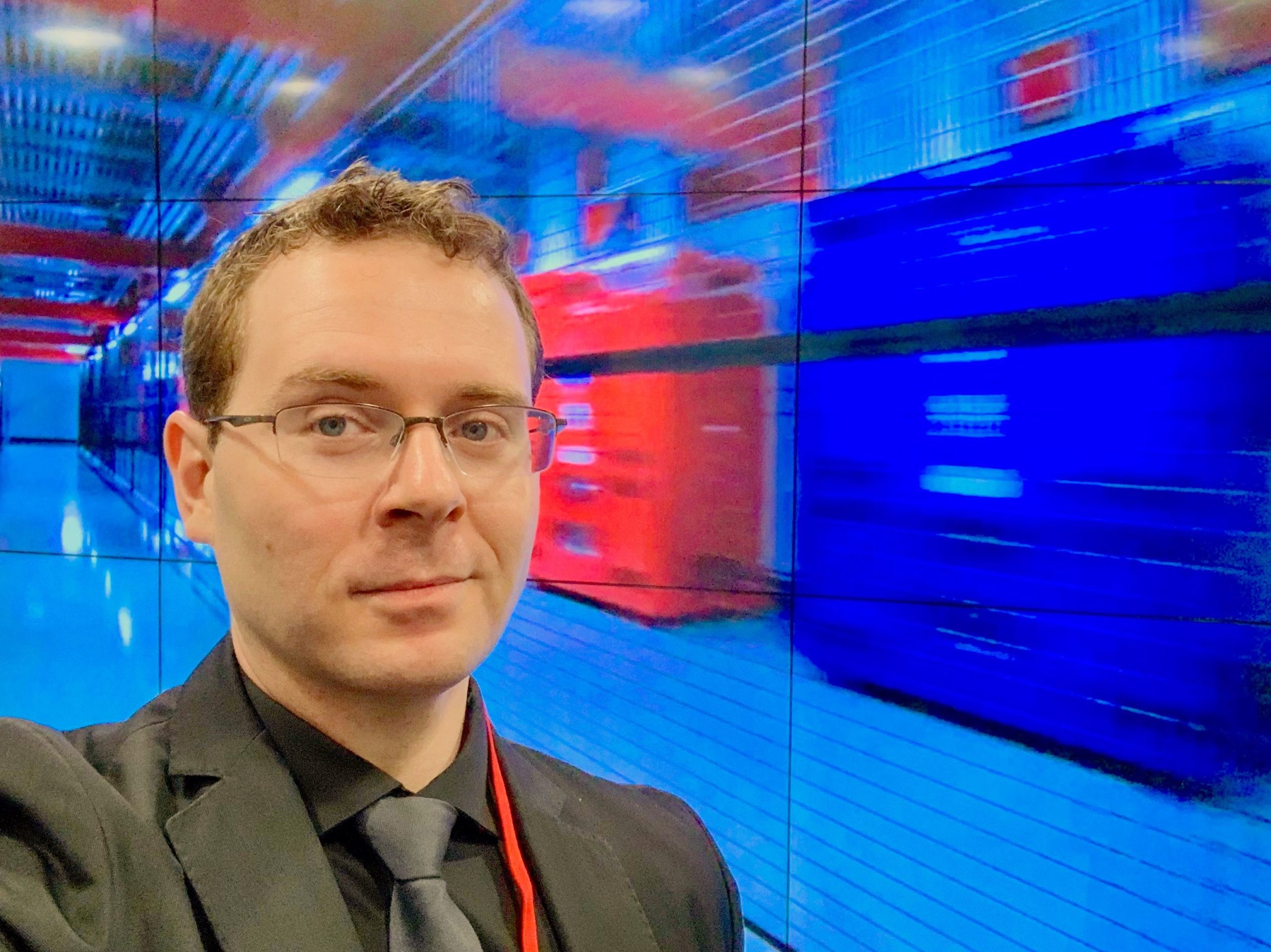The Data Center Business is Booming – Here’s How to Stay Prepared12 min read

I’ve been attending Data Center World conferences for a few years now and have had the honor of speaking at many of them. Now, there are Data Center World local conferences focusing on specific markets. What’s been the general theme? Growth in the data center space, more businesses adopting some type of data center model, and new developments regarding advanced data center solutions. So, if you’re an organization that’s buying, building, or updating a data center – now is the time to take some innovative decision concepts into consideration.
Growth in the Data Center Industry
In the latest AFCOM State of the Data Center survey, we asked respondents about data center growth. From there, we found that ownership, renovations, and building are on the upswing.
- 58% of respondents currently own between two and nine data center facilities
- 19% said they own 10 or more data centers.
- The average number of data centers each organization manages sits around 8.1 today.
- Responders indicated that on average 5.3 data centers will be renovated per organization. That number will increase to 7.8 data centers over the course of 12 months.
Three-Year Forecast
- The average number of data centers managed will increase to 10.2 per organization over the next three years.
- Over three years, responders said that on average, 12.8 data centers per organization will be renovated.
Another interesting set of statistics indicated that new data center construction will grow more than five times over the next three years.
- The average number of data centers to be built sits at around 2.2 per organization.
- That number increases to 4.5 over the course of 12 months.
- Looking three years out, the average number of data centers to be built is 10.3 per organization.
Furthermore, a recent report from ResearchAndMarkets found that the data center services market is projected to grow at a CAGR of 13.69% over the forecast period (2018-2023). The increasing investment in data centers across the globe is expected to have a positive impact on the market growth over the forecast period. For example, in February 2018, Oracle announced high investment in data centers, as they are planning to set up approximately 12 centers around the globe, including Japan, India, and China.
Finally, a report from Jones Lang Lasalle (JLL) showed that the M&A market for data centers is booming as well, with a reported 48 deals totaling nearly $20 B in 2017 alone — nearly exceeding the total 2015 and 2016 volumes combined. This trend will remain constant for the next several years as players continue to expand scale, services and expertise.
With all of this in mind, let’s pause and talk briefly about some of the really cool solutions impacting today’s next-generation data centers.
- Data Center Management – The environmental variables of the data center aren’t going anywhere. In fact, we’ll still need to focus on power, cooling, and airflow management. The biggest difference today is that we have smarter sensors and better integration with DCIM systems. Look for solutions that not only help you with airflow and power management, but also integrate new solutions like machine learning and DCIM. From there, you can start making better decisions based on data for your overall data center health.In the world of smart data centers, data will be absolutely critical. These sensors and smart systems will be generating a lot of information. Integration with data center management and DCIM will allow you to make sense of this data and take actionable steps. Remember, we’re already seeing investments into machine learning and DCIM. Aggregating smart sensors into DCIM data pools will give you better visibility into your overall data center operations.
- Data Center Efficiency – This is really a multi-faceted approach, that takes in a variety of variables including power, cooling, good utilization of space, and airflow management. In fact, airflow management (AFM) is more critical today than when we first started deploying data center solutions. AFM helps your equipment operate optimally, helps keep the PUE down, and improves the overall cost control mechanisms of your data center. That is, next-generation efficiency translates to lower total operating costs. The main aim of airflow management solutions is to improve and maintain the required cooling temperature in order to improve the efficiency of your data center. Too often, we deploy new solutions, like converged infrastructure or even hyperconvergence without really understanding how this will impact AFM. As your data center evolves, be sure to focus on how well it can breathe as well.
- Liquid in the Data Center – There was a recent study from Dell EMC that showed some really interesting findings. When asked how much the cost of cooling their data center impacts their overall operating costs, 50% responded that it had a significant impact. 78% responded that there was at least some level of impact on their costs. The survey also showed us that 25% are already using liquid cooling in production environments and 32% are using liquid cooling in some fashion within their data center. Remember, organizations are working with greater levels of density and a lot more data. All of this is requiring new innovations and solutions to cool critical systems while still maintaining high levels of efficiency. Liquid cooling introduces a new way to create greater levels of efficiency and should be a consideration when creating new data center designs and even upgrading your existing environment.
- The Impacts of Cloud – Today’s data centers are the gateway into the cloud. The JLL report shows that as the data center industry continues to mature, enterprises will consistently seek out add-on services and outsource data center expertise as hybrid models become the norm in 2018 and beyond. However, data centers have become exponentially more complex in recent years. Yet this applies to every facet of the business: facilities, hardware, user requirements and solutions. Leaders in this industry should expect a jump in the industry’s need for remote monitoring, cloud-based management, improved mechanisms to build efficiency, and even customized deliverables. Cloud will act as an enablement point for data center growth and interconnection. Whatever your approach to the data center might be, make sure that some element of cloud is in your planning process.
Here’s the reality, the need for data centers is here to stay for the foreseeable future. A recent Cisco report shows that data creation, demand for content, and internet traffic is expected to increase by 20% or more per year for the next four years and beyond. All of this will directly fuel exceptional growth for servers, networks, the cloud, and data center facilities. Most of all, those trying to create competitive advantages will need to look for ways to differentiate their data centers. Don’t be afraid to explore things like machine learning within your DCIM solution or even liquid cooling to improve efficiency and power your PUE. These solutions not only put you ahead of the competition, they’ll get more people to leverage your services.

Bill Kleyman
Industry Analyst | Board Advisory Member | Writer/Blogger/Speaker | Contributing Editor | Executive | Millennial
Bill Kleyman is an award-winning data center, cloud, and digital infrastructure leader. He was ranked globally by an Onalytica Study as one of the leading executives in cloud computing and data security. He has spent more than 15 years specializing in the cybersecurity, virtualization, cloud, and data center industry. As an award-winning technologist, his most recent efforts with the Infrastructure Masons were recognized when he received the 2020 IM100 Award and the 2021 iMasons Education Champion Award for his work with numerous HBCUs and for helping diversify the digital infrastructure talent pool.
As an industry analyst, speaker, and author, Bill helps the digital infrastructure teams develop new ways to impact data center design, cloud architecture, security models (both physical and software), and how to work with new and emerging technologies.
0 Comments